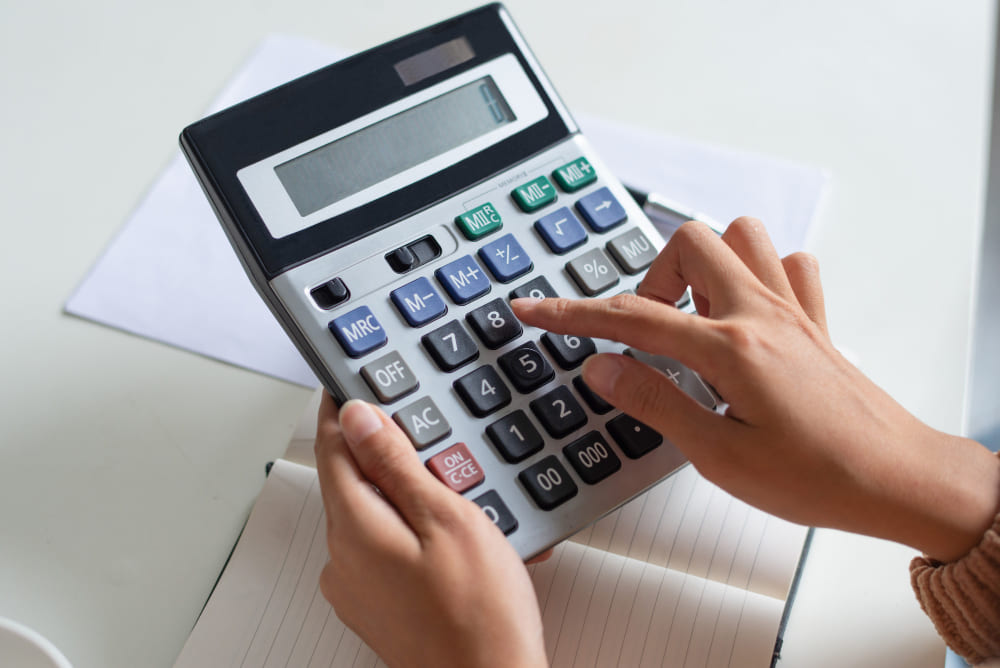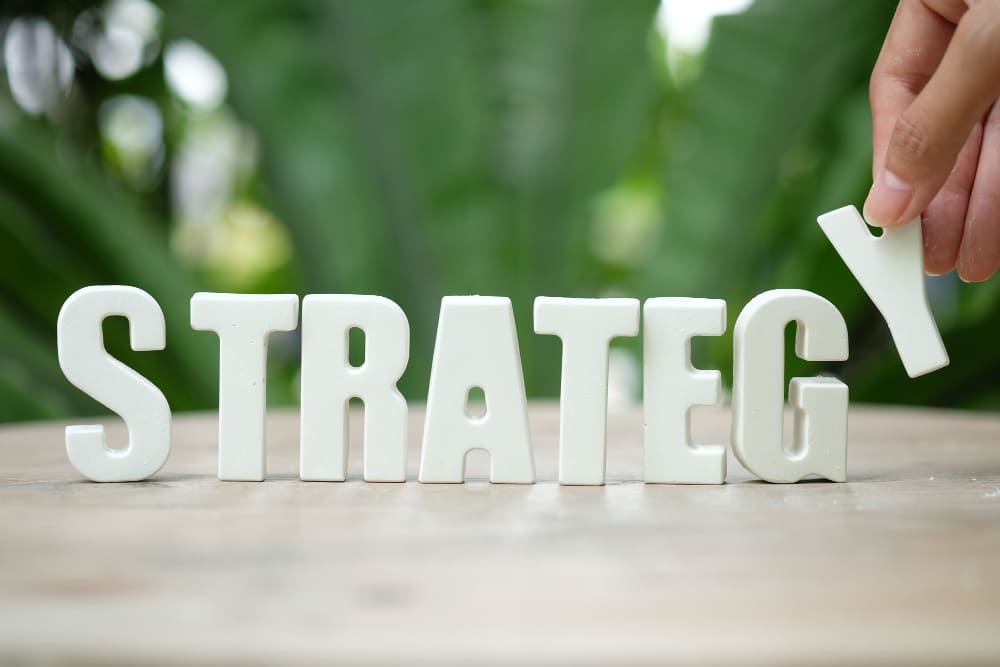

The 120% rule is an NEC (National Electrical Code) regulation that limits combined amperage from solar panels and grid electricity to 120% of your main service panel's rated capacity. Here's what you need to know:
What the 120% Rule Means:
Why This Rule Matters:
Solutions When You Exceed the Limit:
When the 120% Rule Applies:
The 120% rule affects most solar installations, but practical workarounds exist. Professional solar installers calculate compliance during the design phase to ensure your system meets NEC standards while delivering optimal energy production for your property.

The main service panel (MSP) contains a busbar constructed from metal materials that can deteriorate under excessive load, creating fire dangers. Additionally, breakers disconnect automatically when electrical flow surpasses their designed threshold.
When solar arrays introduce supplementary current into the system, the MSP's capacity faces increased stress. This makes the 120% rule a crucial code provision addressing these elevated risks.
Here's the application process for the 120% rule.
According to NEC standards, the 120% rule mandates that solar photovoltaic installations operate within electrical enclosures rated up to 120% of the busbar's designated capacity. For instance, when a residence has an electrical meter rated at 175 amps, this regulation permits an extra 20%, equating to 35 additional amps from the solar array.
175 × 1.20 = 210 amps
210 - 175 = 35 amps
At 210 amps total, the configuration stays within permissible thresholds. But does 35 amps accommodate typical solar photovoltaic systems with battery storage? Consider that standard PV systems with batteries demand approximately 60-80 amps on average.
Must you restrict your solar PV system to 35 amps to maintain 120% rule compliance?
Let's examine methods to increase your system's capability for safely handling additional solar current.

Exceeding the 120% rule means your electrical panel receives energy beyond safe operating levels, creating fire hazards for people and property. Maintaining system capacity within NEC code requirements remains essential.
Several practical solutions exist:
When anticipated solar generation reaches 60 amps against a permissible threshold of 35 amps, the main breaker requires an additional 25 amps of capacity.
60 - 35 = 25 amps
Under these circumstances, your electrical contractor can extract the 175 amp main breaker and install a 150 amp replacement. This new main breaker accommodates the extra 60 amp solar input while maintaining the current power requirements.
Situations arise where reducing breaker capacity proves impractical, particularly when electrical system demands are substantial.
Alternative approaches include:
The 120% rule becomes mandatory when integrating grid electricity with renewable energy sources like solar power. This NEC standard prevents excessive solar generation from overwhelming the main supply panel, your primary safeguard against electrical surges.
The 120% rule solar specifically governs these scenarios:
The 120% rule proves valuable when engineering new photovoltaic installations for residential or commercial buildings. During this phase, the NEC regulation guides your main service panel selection to accommodate both solar generation and utility power.
Proper main supply panel sizing prevents overloading, a primary contributor to electrical fires. Beyond fire prevention, correctly sized supply panels eliminate system breakdowns, expensive maintenance, and property destruction. The 120% rule influences both the required main supply panel capacity and the appropriate photovoltaic system dimensions.
The 120% rule applies when establishing load-side solar connections. These connections involve linking your solar generation system to a pre-existing electrical panel.
Here, the 120% rule solar confirms that total amperage from utility service and solar arrays doesn't overwhelm the current main service panel. This approach minimizes electrical failure risks.
The NEC 120% rule governs line-side tap configurations. Line-side taps connect solar generation systems straight to incoming utility lines ahead of the main service panel.
This connection method integrates solar energy into current electrical systems without alterations. Under this arrangement, the 120% rule verifies that combined amperage from utility and solar sources remains within main service panel specifications.
Proper solar energy installations must align with NEC requirements, including the 120% rule solar. Following these standards prevents problems like main supply panel overloading, which triggers electrical fires.
At Solar Permit Solutions, we maintain comprehensive knowledge of regional installation regulations and industry protocols. We'll guide you through establishing a system that satisfies all compliance requirements. Connect with our energy specialists to engineer a solar design tailored to your property's specific energy demands.
Understanding and applying the 120% rule represents a critical component of safe, compliant solar installations. This NEC regulation protects your property and electrical infrastructure by preventing main service panel overloads that could lead to fire hazards or system failures. Whether you're designing a new photovoltaic system, establishing load-side connections, or implementing line-side taps, adhering to the 120% rule ensures your solar array operates within safe amperage thresholds. While the calculation may initially seem restrictive, particularly when your solar generation needs exceed the allowable limits, practical solutions exist. From downsizing main breakers to upgrading panel capacity or installing solar-ready service panels, experienced professionals can help you navigate these requirements. Working with knowledgeable solar experts who understand local codes and electrical standards makes the difference between a compliant, efficient installation and one that poses safety risks. Proper planning from the start ensures your solar investment delivers clean energy safely for decades to come.
What happens if I violate the 120% rule during my solar installation?
Violating the 120% rule creates serious safety hazards for your property. When combined amperage from grid electricity and solar generation exceeds 120% of your main service panel's rated capacity, you risk circuit overloads, electrical fires, and system malfunctions. Beyond immediate safety concerns, non-compliant installations may fail inspection, void equipment warranties, and prevent you from connecting to the utility grid. Local authorities and utility companies require adherence to solar permitting standards, including the 120% rule, before approving your system for operation. Correcting violations after installation proves more expensive than proper planning during the design phase.
Can I install a larger solar system by upgrading my main service panel?
Yes, upgrading your main service panel capacity represents one of the most effective solutions for accommodating larger solar arrays. When your desired solar system exceeds the amperage permitted under the 120% rule with your current panel, increasing the panel's busbar rating allows greater solar integration. For example, upgrading from a 200-amp panel to a 400-amp panel significantly expands your allowable solar capacity while maintaining compliance. Your solar permit design team can evaluate whether a panel upgrade makes financial sense compared to alternative solutions like line-side taps or system downsizing. Panel upgrades typically require utility company coordination and local permit approval.
Does the 120% rule apply to battery storage systems as well?
Yes, the 120% rule applies when battery storage systems connect to your main service panel through load-side connections. Battery inverters and charging equipment contribute to the total amperage flowing through your electrical panel, just like solar inverters. Since typical solar installations with battery storage require 60-80 amps combined, you must account for this total load when calculating 120% rule compliance. The combined output from your solar panels and battery system cannot exceed 120% of your busbar's rated capacity. Line-side connections for battery systems may offer alternatives that bypass certain 120% rule limitations, though they require different residential solar compliance measures.
Is downsizing my main breaker safe for my home's electrical needs?
Downsizing your main breaker can be safe when performed correctly by licensed electricians who thoroughly evaluate your home's actual power consumption. Many homes have main breakers rated significantly higher than their typical electrical demand, creating room for strategic downsizing. Before reducing breaker capacity, professionals conduct load calculations to verify that your reduced main breaker still handles your maximum simultaneous electrical usage comfortably. The downsized breaker accommodates your existing electrical needs while creating additional capacity for solar integration under the 120% rule. This solution works best when your home's actual power consumption remains well below your current main breaker rating.
Do all solar installations need to follow the 120% rule, or are there exceptions?
The 120% rule specifically applies to load-side connections where solar power feeds through the main service panel's busbar. Line-side connections, which tap into incoming utility power before it reaches the main service panel, operate under different renewable energy provisions and may not face the same 120% limitation. However, line-side connections require additional safety measures, proper disconnect switches, and careful installation by experienced professionals. Commercial installations, three-phase systems, and certain utility-interactive configurations may also have modified requirements. Regardless of connection method, all solar installations must comply with applicable NEC codes and regulations. Your DIY solar guide should evaluate which approach best suits your specific electrical infrastructure and solar generation goals while maintaining full code compliance.
We are dedicated to providing top-notch solar permit services to homeowners, business owners, DIY, and solar installers. Contact us today.